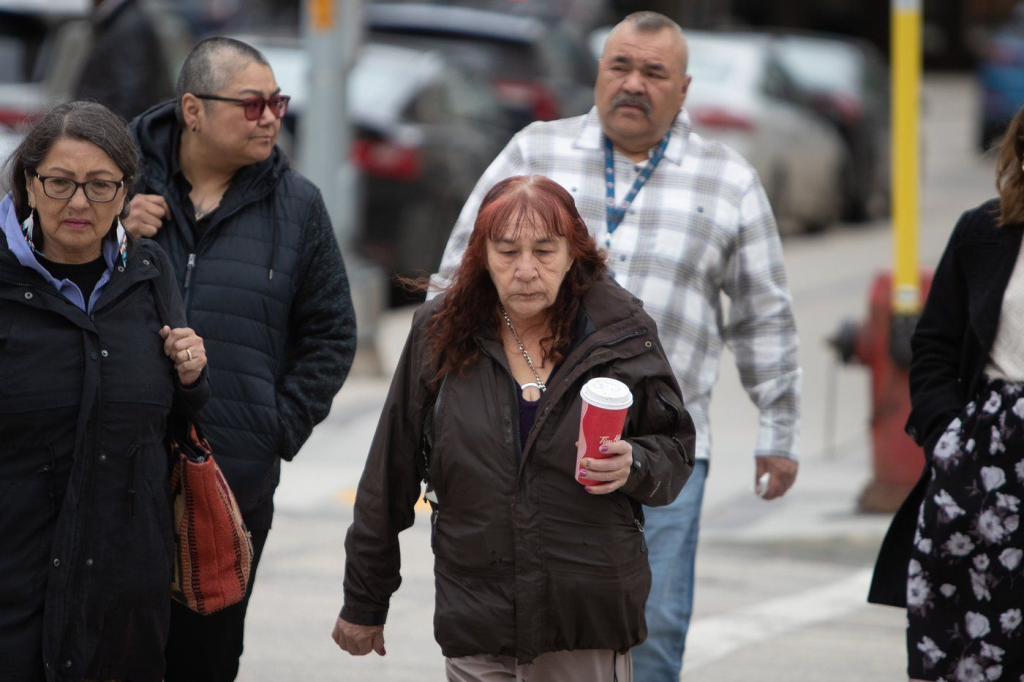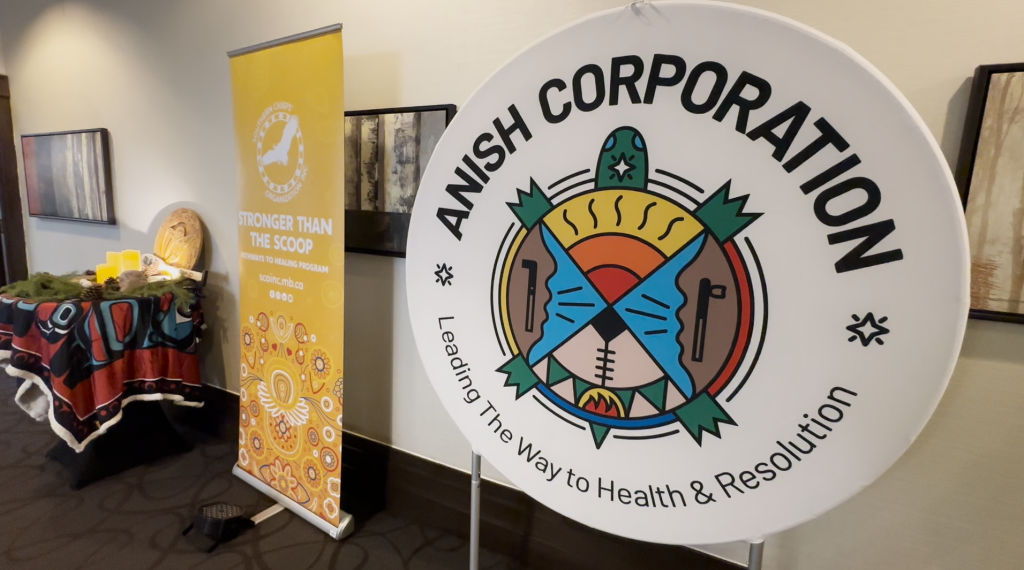Assembly of Manitoba Chiefs disappointed over reinstalled Queen Elizabeth statue
Posted June 7, 2023 5:51 pm.
Last Updated June 8, 2023 7:32 pm.
Days after the province re-erected the statue of Queen Elizabeth II, the Assembly of Manitoba Chiefs (AMC), says it is extremely disappointed by the decision.
“At this time, First Nations citizens are still actively seeking healing from the wounds of colonization and genocide inflicted by residential schools and by replacing the Queen Elizabeth II statue as quickly as this before erecting one that honours the history of First Nations in this province, shows a lack of commitment to reconciliation and accountability by this province,” said Grand Chief Cathy Merrick in a statement.
“There was no consultation, prior notice, or acknowledgement from the provincial government that this would be happening, which is upsetting. This disregards the sentiments expressed during National Indigenous Peoples Day in 2021 when thousands marched through Winnipeg to honour First Nations children buried at numerous residential schools in unmarked graves.”
Friday the statue was placed on the grounds of the Manitoba legislature two years after it was toppled and damaged by protesters, following the discovery of suspected unmarked graves at a former residential school in Kamloops, B.C.
Over the weekend, someone spray-painted the words “colonizer” and “killer” on the statue’s base. The graffiti was cleaned up by the next day. Winnipeg police said they are investigating.
The AMC says the replacement of the statue perpetuates the painful legacy of Canadian colonialism, and adds it was given no warning the statue would be replaced.
In addition, the AMC says the government of Manitoba was supposed to build a space for public gatherings, which could have provided a step toward healing and reconciliation.
“A province representative confirmed that it cost $60,000 to re-erect this statue, which was vandalized shortly after it was replaced this past weekend. By utilizing this money meaningfully, First Nations citizens could have had a place created to come together, a step towards reconciliation and a tangible act that could facilitate further healing,” said Merrick.
“This should become a monument that recognizes and honours the contributions from First Nations of this region in the development of this province that represents the Treaty relationship we share.”
The AMC also notes it is disappointed as the province planned a monument to honour the Peguis Selkirk Treaty, in February, but that has not happened yet.
“Today, the AMC calls upon the province to honour its commitment to Truth and Reconciliation by fulfilling its duty to engage in genuine consultation with First Nations before proceeding with any decisions regarding the continued replacement of Queen Elizabeth II’s statue,” said Merrick.
“To correct this misguided course of action, the province must acknowledge the significant role this matter plays in the healing process of First Nations citizens. The AMC stands unwavering in its dedication to advocating for justice, healing, and the rights of First Nations Peoples as we strive for a future where all communities can flourish in harmony and mutual respect.”
Grand Chief Jerry Daniels, of the Southern Chiefs’ Organization, which represents 34 First Nations communities, said he discussed treaties and land claims in the meeting with Simon.
“The land has been taken from us, and it continues to this day,” Daniels told reporters after the meeting.
“There has to be some sort of reconciling of the accounts when it comes to the land.”
Governor General wants to help both sides in statue debate understand each other
People on both sides of the debate over the destruction of statues linked to colonization can come together and learn to respect each other, Gov. Gen. Mary Simon said Wednesday.
Simon held meetings at the Manitoba legislature, including a half-hour get-together with Premier Heather Stefanson and an hour-long meeting with Indigenous leaders.
Reporters asked Simon about statues of Queen Elizabeth and Queen Victoria on the legislature grounds that were hauled down and damaged two years ago in a protest over the deaths of children at residential schools. She said her office is apolitical but can help people understand each other.
“I have the convening power to be able to bring people together to discuss these things,” said Simon, Canada’s first Indigenous governor-general.
“It’s not just about the statues, but about the long-term effects that colonization has had on Indigenous people. I think it’s an issue that needs a lot of discussion between different authorities, different people. And for me to be part of that, I’m in it to try and ensure that everybody understands each other.”
Simon said the statues are reminders to some of the history of colonization.
“I think it’s really important for Indigenous people to express themselves in whichever form they want, but it’s also very important for us to recognize that the effects of colonization and residential schools have had such a devastating impact on the cultures and identity of Indigenous people, that there is frustrations. There’s anger,” she said.
“And they will, from time to time, express that anger and the frustrations. For me, as a representative of the King, my role is to help understand what’s going on. So in a way, I can’t say whether it’s right or wrong. ”
-With files from the Canadian Press








